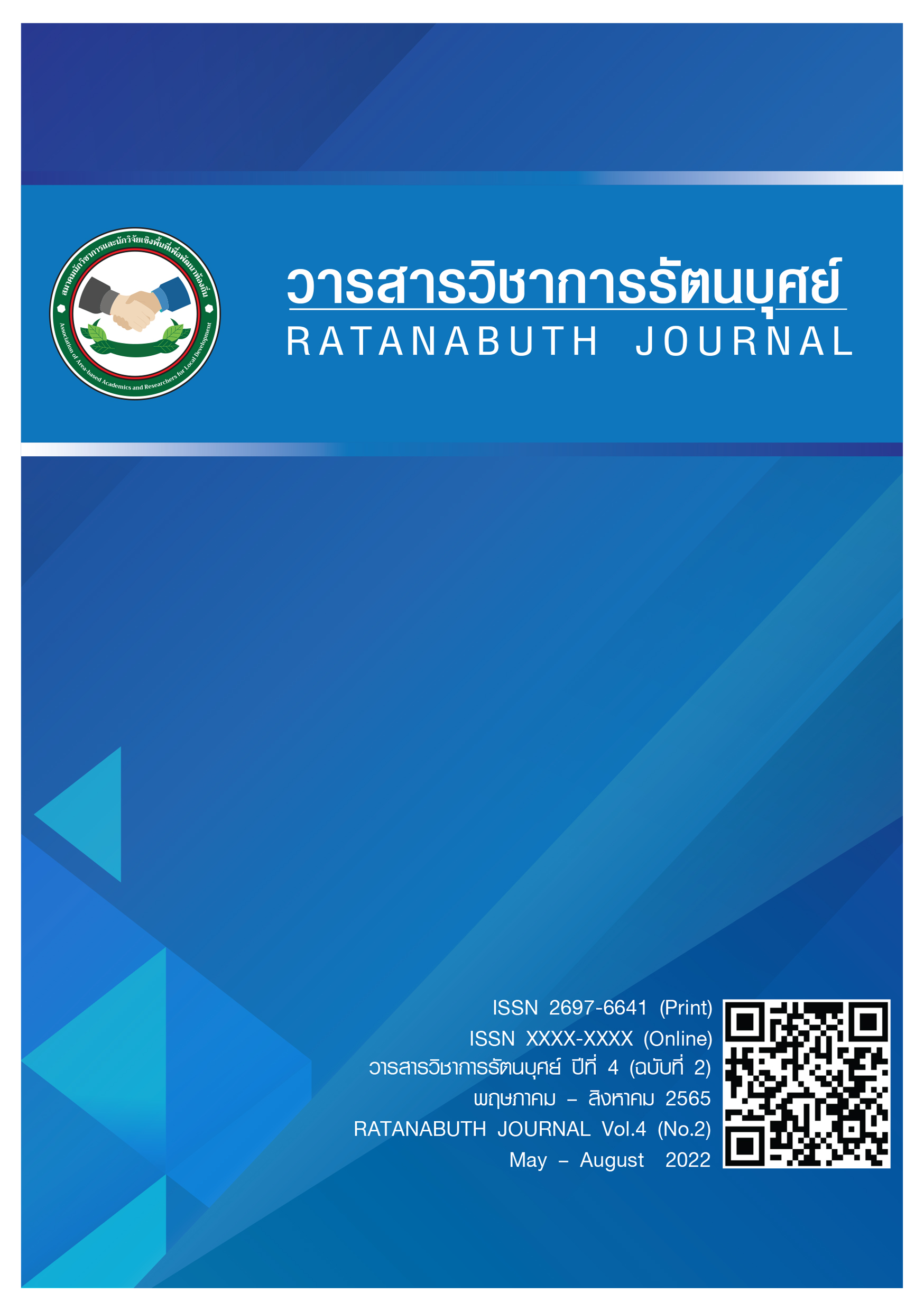Political Institutions and Modern Political Communication Political Institutions and Modern Political Communication
Main Article Content
Abstract
The strengthening of political institutions must begin with policy communication. Guidelines for the administration of people as citizens before they get involved in politics, both directly and indirectly, to encourage the roles and duties of political institutions. and to support the democratic regime It is also an objection to or resistance to the abuse of power by political institutions and in the present, the advancement of new media has evolved over time, resulting in a change in political institutions. very much Today's political institutions, whether governments, political parties or independent organizations, rely on new media to reach groups of people of different ages. In addition, nowadays, new media can carry out various storytelling through various computer programs and can create the desired publicity. Moreover, nowadays, the use of new media is more diverse. Whether it is an AI eBook system and many other related programs Including the current era, there is an opportunity for people to have access to administration. resource allocation to monitor the performance of political institutions as well However, it can be seen that the political institutions cannot avoid the new media that replaces the old media at all because the new media will reach the target audience that takes into account the interests of the people. However, the use of both forms of media must be blended in accordance with clarity. Adapting content to suit the needs of the people is the key to unlocking the needs of today's people.
Article Details

This work is licensed under a Creative Commons Attribution-NonCommercial-NoDerivatives 4.0 International License.
References
กาญจนา แก้วเทพ. (2547). การวิเคราะห์สื่อแนวคิดและเทคนิค. กรุงเทพฯ : ซีเอ็ดยูเคชั่น.
บุญชู บุญลิขิตศิริ. (2553). การพัฒนากระบวนการสร้างความรู้ในชุมชนการเรียนรู้เชิงเสมือนสำหรับนักวิชาการในสถาบันอุดมศึกษา.วิทยานิพนธ์ครุศาสตรดุษฎีบัณฑิต สาขาวิชาเทคโนโลยีและสื่อสารการศึกษา. จุฬาลงกรณ์มหาวิทยาลัย.
ผู้ช่วยศาสตราจารย์ ดร.บูฆอรี ยีหมะ. (2547). สถาบันการเมืองกับการพัฒนาการทางการเมืองไทย. คณะมนุษยศาสตร์และสังคมศาสตร์ มหาวิทาลัยราชภัฏสงขลา.
วิวัฒน์ เอี่ยมไพรวัน. (2544). การเมืองการปกครองตามรัฐธรรมนูญฉบับประชาชน. กรุงเทพมหานคร : วิ.เจ.พริ้นติ้ง.
ศุภชัย ยาวะประภาษ และปิยากร หวังมหาพร. (2557). การสื่อสารทางการเมืองภาครัฐ ในประมวลสาระ ชุดวิชาการสื่อสารการเมือง. นนทบุรี: สำนักพิมพ์มหาวิทยาลัยสุโขทัยธรรมาธิราช.
อานันท์ ปันยารชุน. (2552). “ประชาธิปไตยที่ยั่งยืน,” ใน ประชาธิปไตยในระยะเปลี่ยนผ่าน. กรุงเทพฯ: โอเพ่นบุ๊คส์.
Boncheck,M.S. (1997). From broadcast to netcast: The internet and the flow of political information. Harvard University: Cambridge.MA.
Brian McNair.(1999). An Introduction to Political Communication. London: Routledge.
David K. Berlo.(1960). The Process of Communication: An Introduction to Theory and Practice. New York: Holt, Rinehart and Winston.
Faris,D (2010). Revolutions without revolutionaries? Social media networks and regime response in Egypt. University of Pennsylvania. From http://repository.upenn.edu/edissertations/116.
R.E. Denton,Jr. and G.C. Woodward.(1990). Political Communication in America. New York: Preager.
R.E. Goodin. (1996). The Theory of Institutional Design. Cambridge: Cambridge University Press. cited in Jean Blondel. “About Institutions, but not Exclusively, Political”, in R.A.W. Rhodes, Sarah A. Binder, and Bert A. Rockman. (eds.).
Samuel P. Huntington. (1968). Political Order in Changing Societies. Cambridge, Massachusetts: Yale University.


